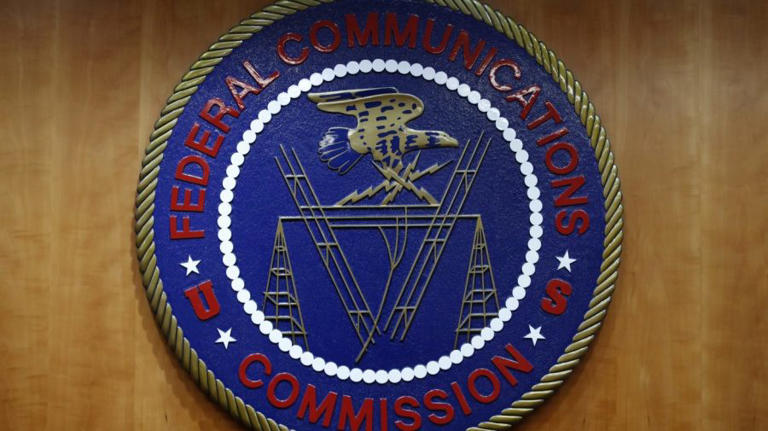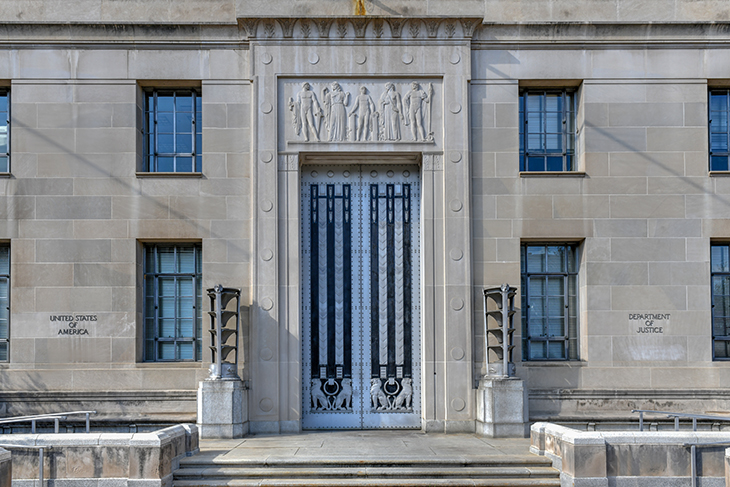
AT&T is moving closer to making satellite-to-cellular calling a reality by entering a long-term spectrum lease agreement with AST SpaceMobile. In an FCC filing, AT&T said that it will lease to AST certain 850 MHz cellular A and B block spectrum as well as certain lower 700 MHz B and C block spectrum.
An AT&T spokeswoman explained that the leases are ‘non-exclusive’ and that AST’s satellites will not transmit in areas covered by AT&T’s terrestrial cellular network. “For example, we might cover 80 percent of the area of a 700 MHz license, and AST could train spot beams on the remainder,” she said.
In the FCC filing, AT&T further elaborated on the deal, noting that AST intends to provide broadband access “directly to AT&T customer handsets that operate on the Leased Spectrum, without any modifications or the use of special chipsets, and without the buildout of any additional terrestrial wireless infrastructure.”
AT&T further noted that this arrangement includes providing temporary coverage after natural disasters.
The lease arrangement is intended to begin immediately but AST must get FCC approval before it can start transmitting in the designated spectrum bands.
AT&T’s decision to lease spectrum to AST SpaceMobile demonstrates the operator’s growing support for direct satellite-to-cellular communications. This announcement comes just a few weeks after AST completed what it claims is the first direct voice connection from space on an unmodified smartphone. That test call, which was conducted in Midland, Texas, used AT&T’s Band 5/850 MHz spectrum and was conducted over a Samsung Galaxy S22 smartphone.
Click here to read the full article from Fierce Wireless.




